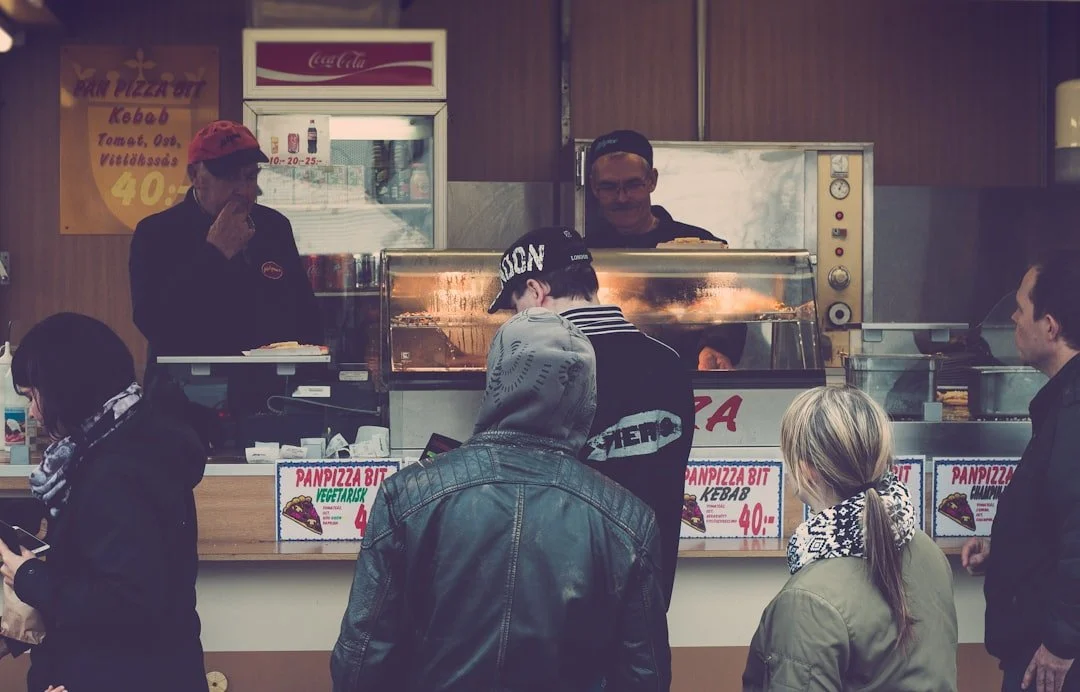82% of student-athletes don't know what "athlete activation" is
Once upon a time, there was a pizza joint in a college town
We will call this pizza place “Ralph’s.” The owner Ralph is a huge soccer fan and had been reading about NIL for several months. So he decided to hire 3 soccer players from the local university to promote his pizza.
Ralph’s not a trained marketer, but he has great instincts (and made the best pizza in town.) Here was his plan:
He budgeted $3,000 for the program and paid each of the three student-athletes $1,000 each
He asked each athlete to post two times per week on their Instagram and TikTok accounts
The program ran for 30 days, beginning October 1
Ralph didn’t know the sports industry name for it (“activation”), but he knew that the more planning and direction he gave the athletes, the more likely this program was to be successful. So he spent time writing sample copy and providing pictures of food items to the student-athletes. For each post, he gave the athletes a specific call to action - $1 slices, new menu items, free drinks, etc.
Let’s fast-forward to October 30:
Ralph’s activation was simple, but effective - the social media posts drove traffic into his restaurant
His sales were $6,250 more than the previous month and more than in October from the previous year
After subtracting the $3,000 he spent on his 3 “NIL deals”, Ralph’s return on investment (ROI) was $3,250
So that, in its simplest form, is how athlete activation works. You plan, you execute, and you measure.
In this example, the program succeeded because Ralph’s experience told him what would drive customers into his store. And he gave his student-athletes instructions that they understood and could do successfully.
For the long-term success of NIL, the entire ecosystem (student-athletes, brands, Collectives, administrators, and more) all need to get better at brand activation.
Why brands partner with athletes
There is a lot of noise about the current role of Collectives and future role of universities (potentially paying student-athletes directly.) We’ve taken our focus off of the brand/student-athlete partnership model - what some call “real” NIL.
This sustainable NIL model is rooted in the age-old athlete marketing premise: Brands sponsor athletes for credibility, access to a new market, a competitive advantage, to solve a business problem, and other business reasons.
If the brand fails to communicate to consumers about their athlete sponsorship, the program will fail and the dollars spent will have been wasted.
That’s why athlete activation is so important. As indicated in the image above, athlete activation happens before an athlete is even signed by a brand! Why? Because if a brand doesn’t have a plan to promote their athlete relationship, they won’t (or shouldn’t) bother signing the athlete.
Sports industry pro tip: The next time you see an athlete in a TV commercial or making an appearance at an event, take a guess at what she/he has been paid > then multiply that $$$ by 3-5x. That ratio ($3-5 spent on activation for every $1 spent on the athlete’s compensation) is about what brands commit to the partnership.
Fundamentals of athlete activation
Depending on their industry, marketing budget, sales channels, and a host of other factors, each brand sponsor has their own spin on athlete activation. Here are the four elements of most activation plans:
Digital & Social Media
Brands leverage digital and social channels to maximize their sponsorship of athletes by engaging with fans.
Social Media Campaigns: Creating unique hashtags associated with the athlete's sponsorship and then encouraging fans to use these hashtags in their posts to increase visibility and engagement.
Behind-the-Scenes Content: Sharing exclusive behind-the-scenes content, including training sessions, personal moments, and day-in-the-life features. This humanizes the athlete and strengthens the connection with fans.
Interviews and Q&A Sessions: Conducting interviews or live Q&A sessions with the sponsored athlete, allowing fans to get to know the athlete on a deeper level and providing opportunities for the brand to be mentioned organically.
At Live Events
Brands leverage their sponsored athletes at live events to maximize exposure, engage with the audience, and create memorable experiences.
Autograph Sessions: Scheduling autograph sessions with the sponsored athlete, providing fans with the opportunity to meet the athlete in person and receive signed merchandise.
Photo Opportunities: Setting up photo booths where fans can take pictures with the athlete while incorporating branded elements.
Interactive Contests: Organizing interactive contests related to the sponsored athlete's sport, encouraging event attendees to win branded merchandise or exclusive experiences.
On Air (Broadcast TV, Streaming)
By integrating the sponsored athlete into on-air, broadcast, or streaming content, brands leverage their partnership to reach a wider audience.
Commercial Spots: Including a sponsored athlete in a brand’s TV commercial, emphasizing the brand's partnership with the athlete.
Integrated Segments: Creating dedicated segments within broadcasts or streaming content that showcase the athlete's involvement with the brand.
Exclusive Content: Creating behind-the-scenes footage and interviews.
At Retail (On-pack, POP)
Here are several strategies brands employ to make the most of their athlete sponsorships in retail environments:
Point-of-Purchase Displays: Creating displays near checkout counters or high-traffic areas featuring the sponsored athlete.
Special Packaging: Introducing special packaging for products associated with the sponsored athlete, making them stand out on store shelves.
Athlete Meet-and-Greets: Organizing in-store events where fans can meet the sponsored athlete, take photos, and get autographs.
About Bill Carter
Bill has advised brands on Name, Image, Likeness for 25 years—first in pro sports, now at the college level. He was the Co-Founder of the Gen Z sports agency Fuse, which he sold in 2019. In 2020, he founded Student-Athlete Insights and consults on NIL strategy with Fortune 500 companies and 30+ DI universities. Read more about Student-Athlete Insights.

